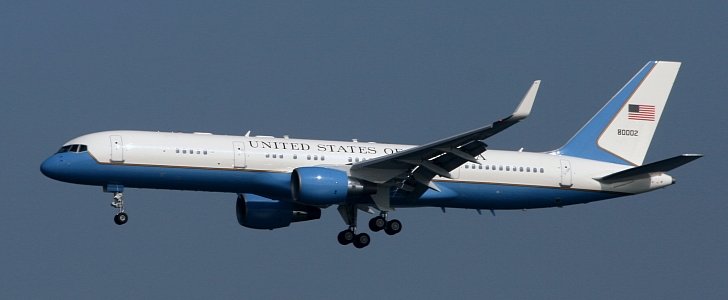Even though land vehicles only generate a fraction of the total greenhouse gas emissions produced by transportation, it's usually them who receive most of the blame. That's largely because it's a lot easier to slam sanctions and restrictions to private users than big corporations who deal with air or sea transport.
Apparently, though, that wasn't the only reason. It turns out that the Environmental Protection Agency (most famous lately for uncovering the Volkswagen Dieselgate scandal almost one year ago) lacked a conclusive study that determined whether jet engine exhaust posed a direct threat to the public's health before it could take any measures to regulate air traffic emissions.
Well, the good news is that starting this Monday, the EPA has got it and can now begin to work on ways to cut carbon emissions from commercial aircraft. According to the document, air traffic contributes in a negative way to climate change, which will probably come as a shock to absolutely no one.
The thing with aircraft emissions - which currently account for about 11 percent of the global transportation sector - is that they are expected to grow by 50 percent in 2050 as air travel becomes more accessible and, thus, a hike in demand will be experienced. The EPA will have to step in quickly and do its part in the attempt to limit the impact on the environment.
But the EPA isn't alone in its efforts to cut carbon emissions from commercial aircraft. The International Civil Aviation Organization (ICAO) is also working on a set of regulations that are expected to be ready during next year. These standards are supported by the US and 22 other countries and mainly focus on the reduction of fuel burned by the aircraft. The EPA hasn't issued a timeframe for its measures yet.
The two most important commercial aircraft manufacturers - Boeing and Airbus - have already started to work on ways to make their products more fuel efficiency, a feature that should also bring financial benefits for their operating companies.
However, the regulations proposed by ICAO are pretty lax, calling for a 4 percent reduction in fuel consumption for new planes built after 2028 and those delivered after 2023. That won't be enough to make a significant change, which is why ICAO is welcoming any stricter measures that EPA might impose in the USA, which is currently responsible for 29 percent of aircraft-related greenhouse gas emissions worldwide.
Well, the good news is that starting this Monday, the EPA has got it and can now begin to work on ways to cut carbon emissions from commercial aircraft. According to the document, air traffic contributes in a negative way to climate change, which will probably come as a shock to absolutely no one.
The thing with aircraft emissions - which currently account for about 11 percent of the global transportation sector - is that they are expected to grow by 50 percent in 2050 as air travel becomes more accessible and, thus, a hike in demand will be experienced. The EPA will have to step in quickly and do its part in the attempt to limit the impact on the environment.
But the EPA isn't alone in its efforts to cut carbon emissions from commercial aircraft. The International Civil Aviation Organization (ICAO) is also working on a set of regulations that are expected to be ready during next year. These standards are supported by the US and 22 other countries and mainly focus on the reduction of fuel burned by the aircraft. The EPA hasn't issued a timeframe for its measures yet.
The two most important commercial aircraft manufacturers - Boeing and Airbus - have already started to work on ways to make their products more fuel efficiency, a feature that should also bring financial benefits for their operating companies.
However, the regulations proposed by ICAO are pretty lax, calling for a 4 percent reduction in fuel consumption for new planes built after 2028 and those delivered after 2023. That won't be enough to make a significant change, which is why ICAO is welcoming any stricter measures that EPA might impose in the USA, which is currently responsible for 29 percent of aircraft-related greenhouse gas emissions worldwide.

